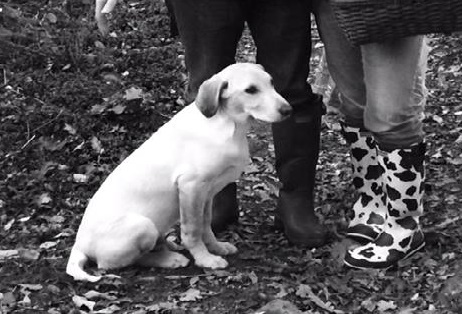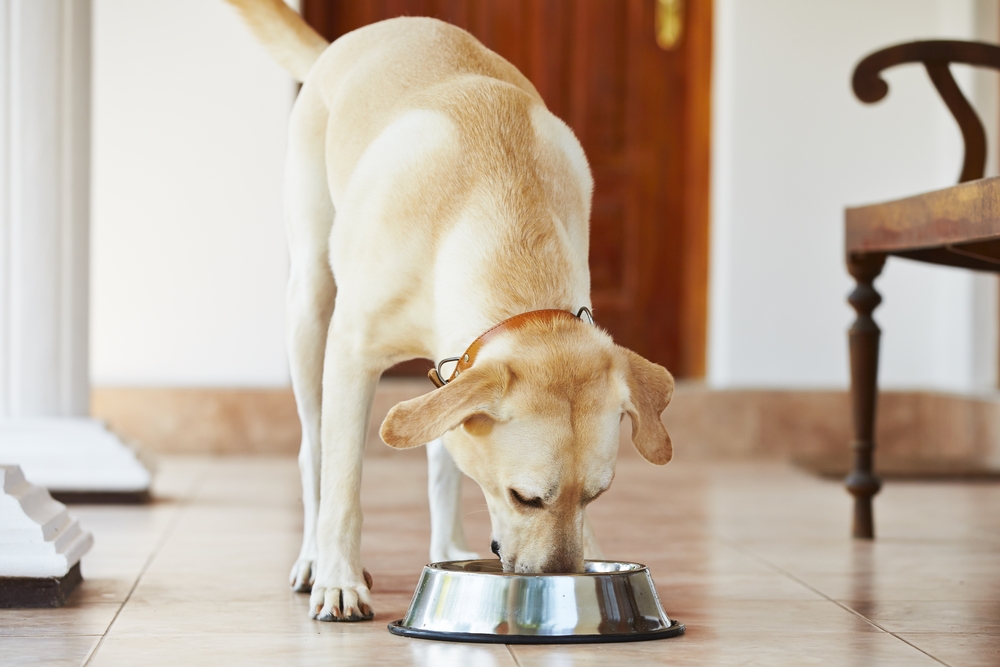Puppy Power! Part Three – Growing Up
23/06/2015
In the third and final part of our series about the lives of puppies, we’re moving on to discussing older puppies. With vaccinations out of the way and training becoming more important, you can get out a lot more. This is is the stage where your puppy really starts moving towards being a junior dog.
From 12 weeks onwards, your puppy is still growing and learning rapidly. Fostering good habits and good behaviour now will reap huge benefits later. Making training gentle and fun is always beneficial so, wherever possible, use games rewards and praise to encourage the desired behaviour. Your puppy will be desperate to please and will perform again and again to hear that positive tone of voice and feel that loving pat on the side.
 With vaccinations done and dusted, socialising and exploring has no limits. This is a perfect time to develop your puppy’s water skills by taking them to play in safe spots by the riverbank, where they can learn to get in and out on their own, or take them to a dog-friendly beach, where they can explore the sights, smells, sounds and sensations of the seaside. They can also mingle with other dogs and make some canine buddies. The important thing to remember is lots of encouragement and taking things slowly, so that you avoid developing anxiety or fear of something new. This enables your dog to build their confidence in new surroundings gradually. You may need to be prepared to turn everything into a game, for example throwing a ball at the water’s edge on the beach and then a little further into the water or wading into the river yourself to reassure them.
With vaccinations done and dusted, socialising and exploring has no limits. This is a perfect time to develop your puppy’s water skills by taking them to play in safe spots by the riverbank, where they can learn to get in and out on their own, or take them to a dog-friendly beach, where they can explore the sights, smells, sounds and sensations of the seaside. They can also mingle with other dogs and make some canine buddies. The important thing to remember is lots of encouragement and taking things slowly, so that you avoid developing anxiety or fear of something new. This enables your dog to build their confidence in new surroundings gradually. You may need to be prepared to turn everything into a game, for example throwing a ball at the water’s edge on the beach and then a little further into the water or wading into the river yourself to reassure them.
Many new dog owners wonder when the best time is to change a puppy’s diet. Puppy food will take your puppy from weaning from their mother to half their adult size. After that, a Junior dog food such as Dr John Puppy or Heritage Growth will take them from half adult size to being fully grown, at which point the switch to an adult dog food should be made. As different breeds grow at different rates, your vet or breeder should be able to advise when the right time is to switch diet for your dog. Junior dog food is usually slightly lower in protein than puppy food, to allow for the slightly slower growth rate at this stage, but it still provides everything an adolescent dog needs. As an example, Dr John Titanium still has 25% protein, compared with 27% in Dr John Puppy, and a decent 15% fats and oils content to aid your junior dog’s developing body. The addition of New Zealand green-lipped mussel extract, a natural source of glucosamine, ayurvedic herbs and manganese will protect their joint and ligament health.
 At around this time, your puppy will be moving from 3-4 feeds a day down to 2 meals a day. As they get bigger and can eat more at one sitting, their meals will be larger in volume but fewer in frequency. Establishing good eating habits now is important. Snacks and treats should always be taken from your dog’s daily portion of food to avoid excessive weight gain and keeping an eye on your dog’s condition on a regular basis will help you asses whether they are eating too little or too much. You should be able to feel their ribs if you press lightly on the flesh on their abdomen, but they shouldn’t be visible through the skin.
At around this time, your puppy will be moving from 3-4 feeds a day down to 2 meals a day. As they get bigger and can eat more at one sitting, their meals will be larger in volume but fewer in frequency. Establishing good eating habits now is important. Snacks and treats should always be taken from your dog’s daily portion of food to avoid excessive weight gain and keeping an eye on your dog’s condition on a regular basis will help you asses whether they are eating too little or too much. You should be able to feel their ribs if you press lightly on the flesh on their abdomen, but they shouldn’t be visible through the skin.
As a junior dog, your puppy may not be the cute bundle of fur that it was a few months ago, but you have hopefully put in place all the building blocks to give you a well-trained, healthy, faithful companion for the next 10-15 years.
Sources for this article: Gilbertson & Page’s nutritionist, Dr Samantha Ware. David Appleby, APBC The Kennel Club Totally Gundogs.
You can read part one here and part two here


